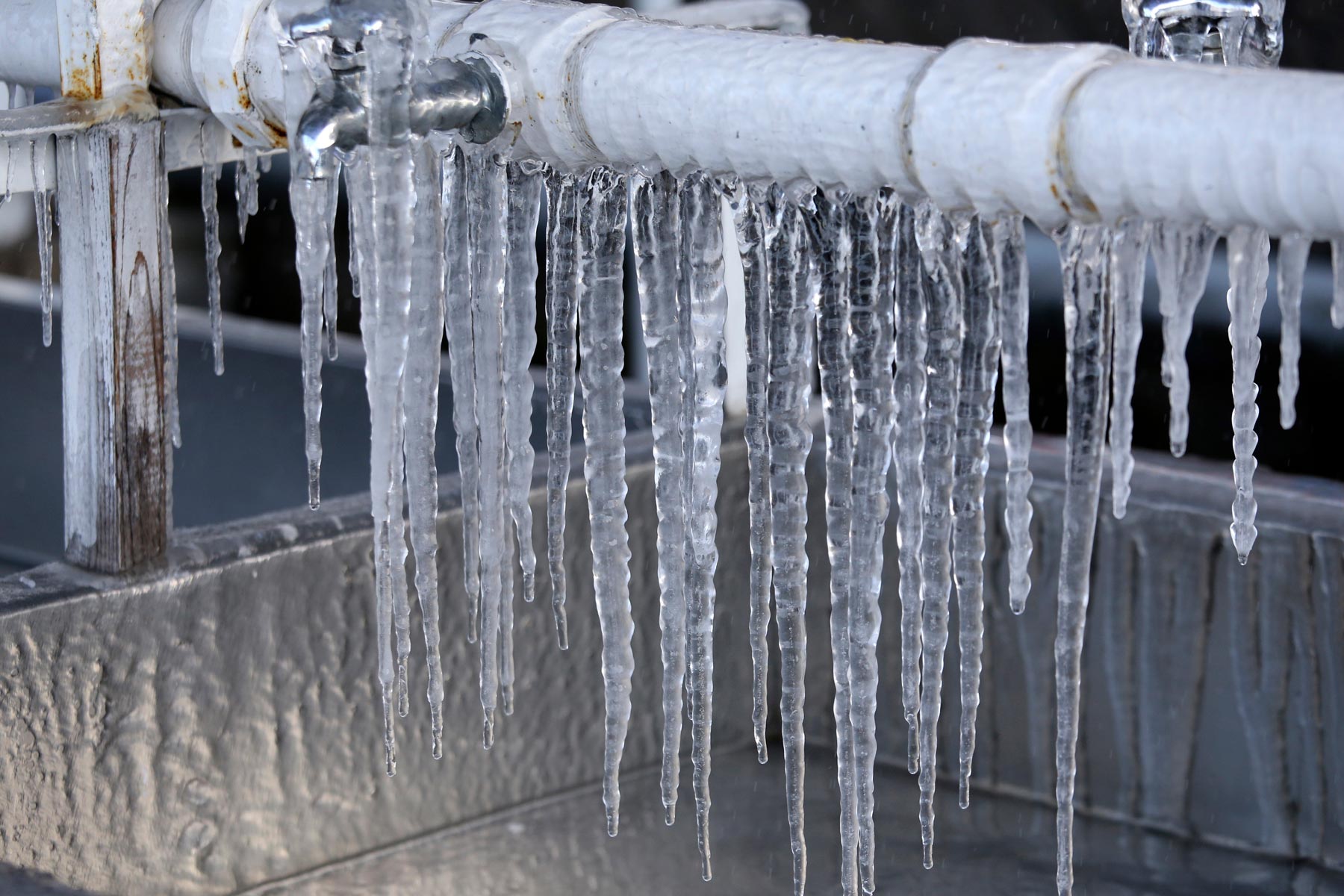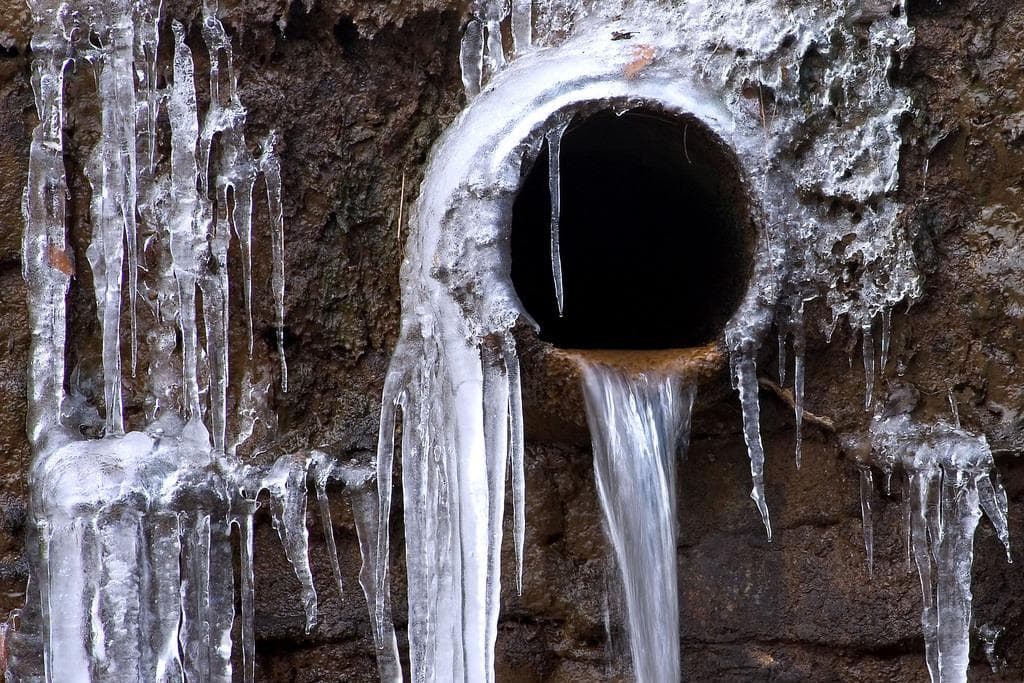Essential Strategies for Avoiding Frozen Plumbing in Cold Weather
Essential Strategies for Avoiding Frozen Plumbing in Cold Weather
Blog Article
How do you actually feel about Preventing and dealing with frozen pipes?

Winter can wreak havoc on your pipes, particularly by freezing pipelines. Here's just how to prevent it from occurring and what to do if it does.
Introduction
As temperatures decline, the risk of icy pipelines increases, possibly leading to expensive repairs and water damages. Comprehending how to prevent icy pipes is critical for homeowners in cold climates.
Avoidance Tips
Protecting susceptible pipes
Cover pipes in insulation sleeves or utilize warm tape to safeguard them from freezing temperature levels. Concentrate on pipelines in unheated or exterior areas of the home.
Home heating methods
Keep interior spaces sufficiently heated up, especially areas with pipes. Open cabinet doors to permit warm air to circulate around pipelines under sinks.
How to identify icy pipelines
Seek lowered water flow from taps, unusual smells or sounds from pipelines, and visible frost on exposed pipelines.
Long-Term Solutions
Structural adjustments
Consider rerouting pipes far from exterior walls or unheated locations. Add additional insulation to attic rooms, basements, and crawl spaces.
Updating insulation
Buy top notch insulation for pipes, attics, and walls. Proper insulation helps keep regular temperature levels and decreases the risk of icy pipelines.
Shielding Outdoor Plumbing
Garden hose pipes and exterior faucets
Separate and drain garden hose pipes before winter season. Install frost-proof faucets or cover outside faucets with insulated caps.
Comprehending Icy Pipelines
What triggers pipelines to freeze?
Pipelines freeze when exposed to temperature levels listed below 32 ° F (0 ° C) for expanded durations. As water inside the pipelines ices up, it broadens, putting pressure on the pipe walls and potentially causing them to burst.
Dangers and problems
Icy pipelines can bring about water supply disturbances, residential or commercial property damage, and expensive repair work. Burst pipes can flooding homes and create considerable architectural damage.
Indications of Frozen Pipeline
Determining frozen pipes early can prevent them from bursting.
What to Do If Your Pipelines Freeze
Immediate activities to take
If you presume icy pipes, keep faucets open to relieve pressure as the ice thaws. Make use of a hairdryer or towels soaked in hot water to thaw pipes gradually.
Verdict
Stopping frozen pipes calls for proactive procedures and quick responses. By comprehending the reasons, indicators, and safety nets, property owners can secure their pipes during cold weather.
5 Ways to Prevent Frozen Pipes
Drain Outdoor Faucets and Disconnect Hoses
First, close the shut-off valve that controls the flow of water in the pipe to your outdoor faucet. Then, head outside to disconnect and drain your hose and open the outdoor faucet to allow the water to completely drain out of the line. Turn off the faucet when done. Finally, head back to the shut-off valve and drain the remaining water inside the pipe into a bucket or container. Additionally, if you have a home irrigation system, you should consider hiring an expert to clear the system of water each year.
Insulate Pipes
One of the best and most cost-effective methods for preventing frozen water pipes is to wrap your pipes with insulation. This is especially important for areas in your home that aren’t exposed to heat, such as an attic. We suggest using foam sleeves, which can typically be found at your local hardware store.
Keep Heat Running at 65
Your pipes are located inside your walls, and the temperature there is much colder than the rest of the house. To prevent your pipes from freezing, The Insurance Information Institute suggests that you keep your home heated to at least 65 degrees, even when traveling. You may want to invest in smart devices that can keep an eye on the temperature in your home while you’re away.
Leave Water Dripping
Moving water — even a small trickle — can prevent ice from forming inside your pipes. When freezing temps are imminent, start a drip of water from all faucets that serve exposed pipes. Leaving a few faucets running will also help relieve pressure inside the pipes and help prevent a rupture if the water inside freezes.
Open Cupboard Doors
Warm your kitchen and bathroom pipes by opening cupboards and vanities. You should also leave your interior doors ajar to help warm air circulate evenly throughout your home.

Do you enjoy reading up on How to Prevent Your Pipes From Freezing? Try to leave a remark down the page. We would be happy to see your insights about this blog post. In hopes that you come back again in the near future. So long as you appreciated our post please make sure you remember to share it. Thank you for going through it.
Make An Appointment Report this page